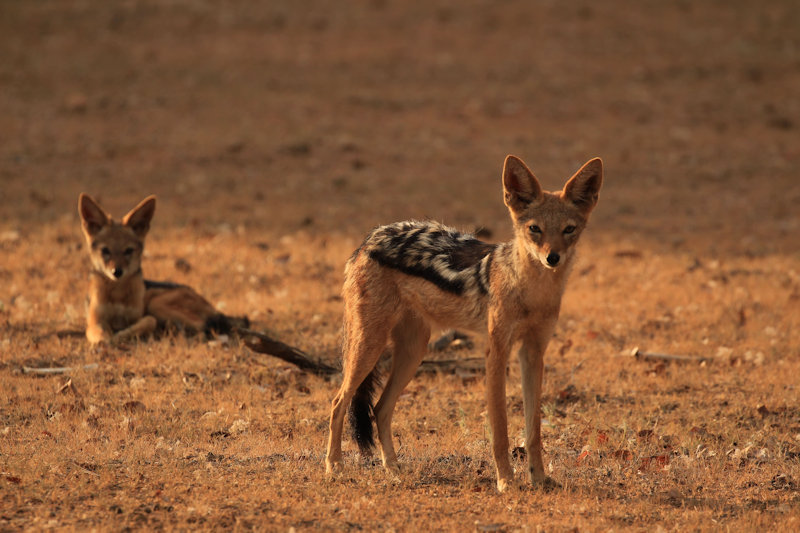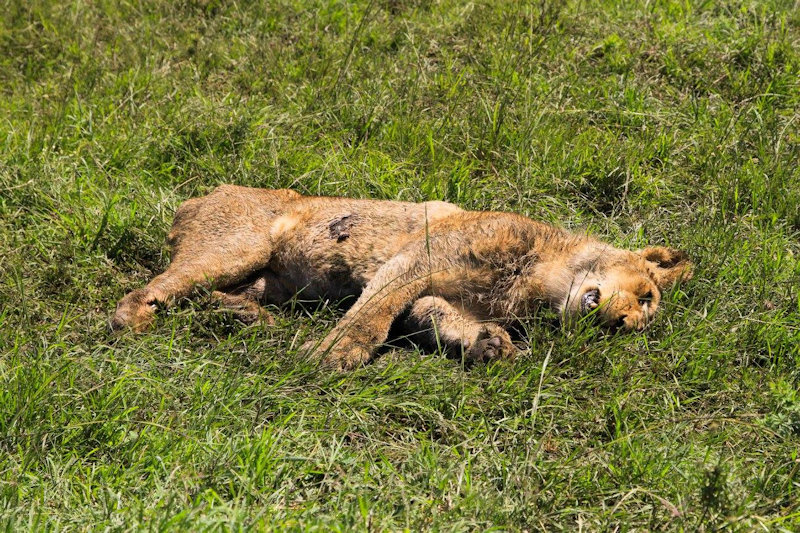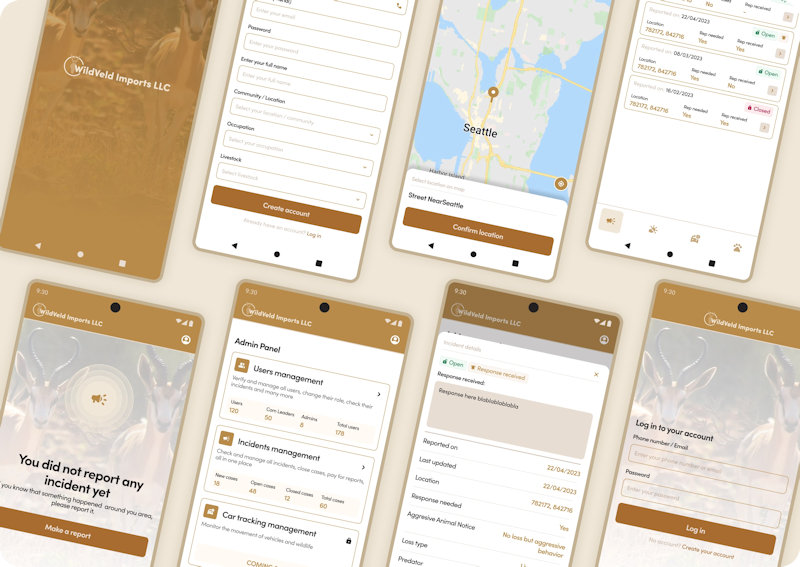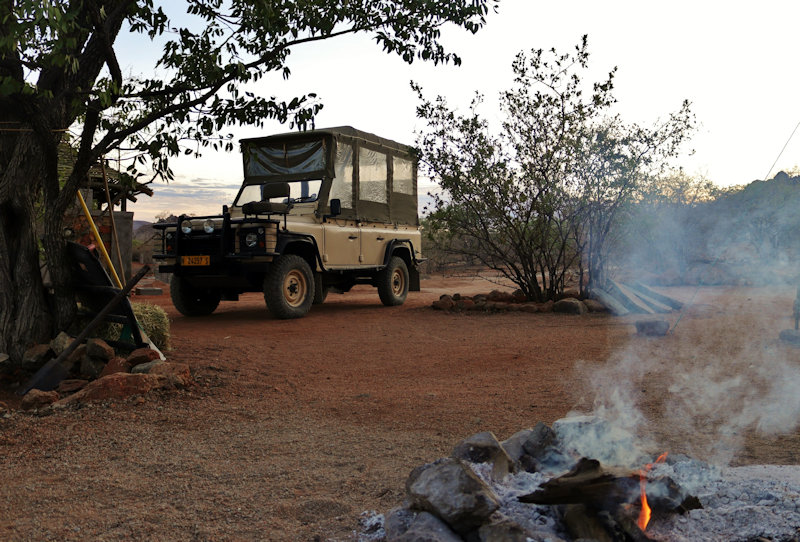Living in Namibia's bushveld, Human-Wildlife Conflict (HWC) is inevitable. Coexistence with predator species such as lion, leopard, cheetah, and hyena, can lead to conflicts. As communities expand and livestock venture into new grazing areas, HWC issues intensify. This becomes particularly pronounced during drought years when both livestock and wildlife extend far beyond their typical habitats due to depleted grazing areas. This ultimately results in conflict between humans, livestock, and wildlife.

The harsh reality is that when livelihoods and survival are at stake, it becomes challenging not to retaliate. Unfortunately, the indiscriminate use of poison, snares, and shooting are common methods employed to counteract livestock losses and infrastructure damage. This is turn creates devastating consequences for wildlife populations. The core mission of the SWT program is to mitigate HWC issues and thereby protect wildlife. This is achieved through the deployment of game guards in conflict areas, employing camera traps to track wildlife movement, managing waterpoint and grazing zones, and facilitate community reporting. Surveillance, livestock management, and responsive measures emerge as the most effective tools to mitigate HWC events. This fosters a more sustainable coexistence between humans and wildlife in the bushveld.

To enhance surveillance and reduce HWC response time, SWT is encouraging the use of the SWT Wildlife Guardian app within our partner communities. This smartphone application enables real-time reporting of predator movement, livestock losses, and infrastructure damage. The benefit of this innovative reporting technology allows for quicker deployment of game guards to mitigate further losses and reduce the risk of reprisal culling. The Wildlife Guardian app facilitates greater community involvement in the conservation mission and significantly improves game guard effectiveness. This advancement in technology aligns with our commitment to fostering a more sustainable and harmonious coexistence between humans and wildlife in Namibia's bushveld.

Establishing and Monitoring Wilderness and Grazing Zones
Increased Predator Surveillance, Tracking, and Reporting
Locating Ranger Stations In High Impact Areas
Increasing Anti-Poaching and Game Scout Capabilities
Expanding Telecommunication Infrastructure
Promoting Community Engagement and Education Programs
In 2024, our goal at the Sustainable Wildlife Trust is to open three additional Ranger Camps in collaboration with MEFT game wardens. These Ranger Camps serve as vital hubs from which our anti-poaching teams and game guards can expand their patrol coverage. This ensures greater wildlife and livestock monitoring, protection against illegal settlement and livestock grazing, and acts as a deterrent against poaching in wilderness areas. The establishment and operation of these SWT Ranger Camps significantly enhance the effectiveness of our conservation mission. By strategically positioning our conservation teams in key areas, we are better able to safeguard wildlife, preserve habitats, and protect Namibia's extraordinary ecosystem.
